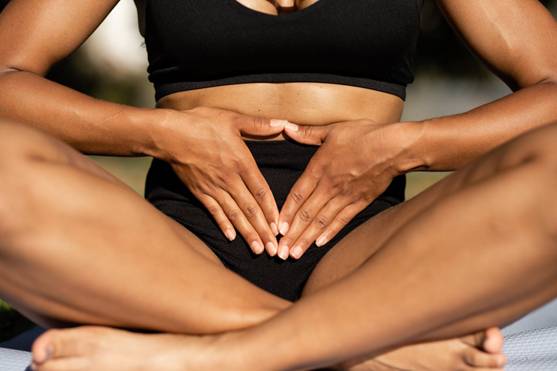Female Urinary Incontinence: How To Manage The Condition

Urinary incontinence is a condition where you lose bladder control. Women are more affected by incontinence, which may result from pregnancy, giving birth, and going through menopause. Additionally, urinary incontinence is a condition that may accompany ageing.
The kidneys create urine, which is then stored in our bladder. The muscles in the bladder tighten up when we need to urinate and empty our bladder. As the muscles in the bladder constrict, the urine is pushed out through the urethra. Simultaneously, the sphincter muscles surrounding the urethra loosen, allowing urine to exit the body. Urinary incontinence occurs when bladder muscles abruptly tighten, but your sphincter muscles are not as strong to shut the urethra. When this happens, the urge to empty your bladder becomes challenging to control. Laughing, sneezing, or other physical activities may pressure the bladder and result in urine leakage. Nerve issues connected to the urethra or bladder muscles may also cause urinary incontinence.
Female incontinence may seem challenging to manage, but there are ways to help improve the condition. Women can also check out MoliCare's line of women's products, like quality pads and pants specifically created to provide the best protection and comfort for female incontinence. These products help women with incontinence to carry on with their daily activities without worrying about embarrassing leakage. In addition, the following tips can help manage female urinary incontinence.
Timed voiding
Timed voiding means following a specific schedule to go to the toilet. Maintaining a regular schedule throughout the day to urinate helps reduce the uncontrollable urge to visit the bathroom. Whether you want to empty your bladder or not, it is best to practice timed voiding to train your bladder and stay in control of the condition. It would also help to urinate before participating in physical activities to reduce the risk of urine leakage.
Continue to hydrate
While people with incontinence may think that limiting their intake of fluids can help address the condition, it can cause dehydration that may result in urinary tract infections. Hydrating yourself is essential for your total well-being. However, it is best to limit fluid intake before sleeping if you suffer from incontinence during this time. Additionally, avoid caffeine, alcoholic drinks, and sodas that irritate the bladder and make it challenging to control the need to urinate.
Kegel exercises
Kegel exercises help strengthen the pelvic floor muscles and can help alleviate incontinence. The exercise involves squeezing the pelvic muscles, holding the position for a few seconds and releasing. Physical therapists are knowledgeable in Kegel exercises and can help you if unsure how to give your pelvic floor muscles the proper workout.
Healthy diet
Being overweight can add more pressure to the bladder and lead to incontinence. Thus, it is best to have a balanced, nutritious diet to maintain a healthy weight. It would also help to eat fibre-rich foods to help prevent constipation from full bowels that can worsen incontinence.
There are various reasons for incontinence among women. This condition can result from pregnancy, childbirth, menopause, and ageing. However, exercising the pelvic muscles and maintaining a healthy lifestyle can help you manage your condition and carry on with your daily activities.
Photo by Ketut Subiyanto from Pexels
MORE



